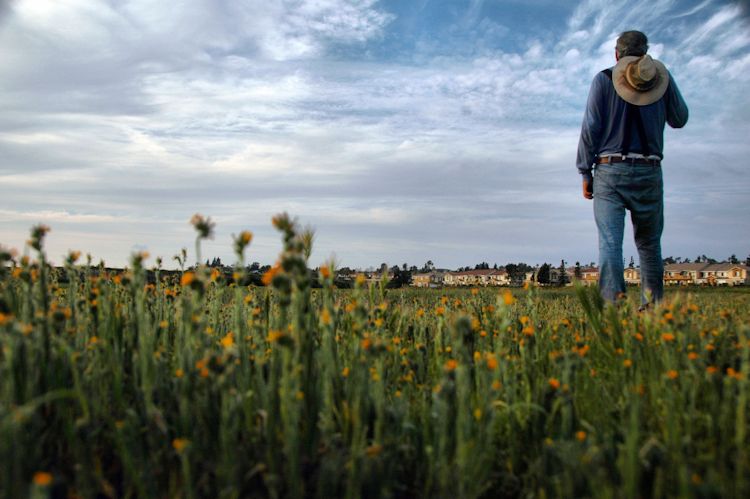Pax Nortona – A Blog by Joel Sax
From the Land of the Lost Blunderbuss
Home - Health - Mental Illness - Anxiety - The Costs of Dropping the Ball
The Costs of Dropping the Ball
Posted on October 20, 2007 in Anxiety
 Oh the bad old days, the bad old days, when the emphasis was on the ability to jump rope or put a basketball through a hoop rather than on your intellect. Has anyone ever told you that they didn’t happen or, more likely, that they shouldn’t have affected you? A new study out of Canada has something to say on the matter:
Oh the bad old days, the bad old days, when the emphasis was on the ability to jump rope or put a basketball through a hoop rather than on your intellect. Has anyone ever told you that they didn’t happen or, more likely, that they shouldn’t have affected you? A new study out of Canada has something to say on the matter:
In a study published in The Journal of Sport Behavior, researchers at the University of Alberta in Edmonton examined the relationships among perceived athletic competence, peer acceptance and loneliness in elementary school children. Their findings will likely confirm the experience of anyone who was picked last for the team in gym class: children seen as athletic by their classmates are also better liked and less likely to feel lonely, while unathletic children experience the opposite.
“For both boys and girls, we found that popular children reported less loneliness and received higher athletic ability ratings from their peers than rejected children,” says lead researcher Janice Causgrove Dunn, from the Faculty of Physical & Recreation at the University of Alberta. “Conversely, the kids who reported higher levels of loneliness tended to receive lower athletic ability ratings and lower social acceptance ratings from their peers.”
Past studies have found that loneliness in childhood and adolescence is associated with many psychosocial and emotional problems, and prolonged loneliness has the potential to seriously undermine an individual’s psychological, emotional and physical well-being. Lonely children are often less physically active and less fit, and more likely to experience tension and anxiety than their non-lonely counterparts. In adolescence and early adulthood, loneliness has been linked to behaviors including cigarette smoking, marijuana use and alcoholism, as well as an increased risk of school drop out and depression.
“Given the proven negative impact of loneliness on a child’s well being, this kind of research is an important endeavor,” says Causgrove Dunn. “It’s important to identify and understand the factors that might increase a child’s likelihood of being accepted by the peer group, because this, in turn, decreases the likelihood of that child experiencing the destructive psychosocial and emotional problems that often come with rejection.”
And what do we expect the reaction from parents and teachers to be? Kids are mean. In other words, no action whatsoever.
Normalness includes a streak of cruelty, we often hear. Give it time before [[Steve Pinker]] or another of his kind comes up with a genetic study showing that this comes out of a natural pack psychosis, the implication being that those who do it cannot help themselves.
I not only caught it from the kids at school (I had asthma in smoggy Southern California), but my darling older brother poured it on, using his new-found vocabulary to call me a “lummox”. When I complained, I was told that I was supposed to “learn to take it”. But the people who put me through this didn’t go through this like I did. If you suffer from any kind of mental illness, I am sure you know the feeling: whatever your experience you receive the whimpy excuse that “you’re not the only one with problems”. Yes, we all know that having a stubbed toe is equivalent to losing a limb. In this case, they are actually watching the bullies sawing the leg off as they tell you to buck up and be brave.
[tags]bullying, bullies, anxiety, rejection, sports[/tags]

